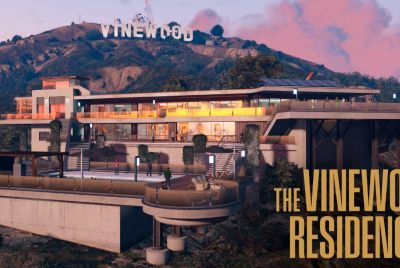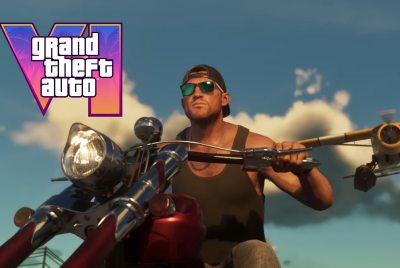Far Cry 4: Open World Himalayan Beauty Meets Close Quarters Combat Frenzy - EGX 2014 Hands-on Preview
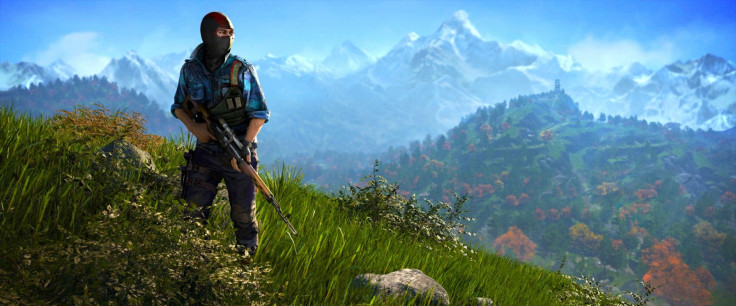
I'm told that around 600 people have worked on Far Cry 4, and my goodness, does it show. This might be the best looking game ever – it's certainly the best I've played.
There was a time I wouldn't really talk about graphics. I thought it made me seem a bit superficial; a bit too easily pleased by what is essentially an empty pleasure. But Far Cry 4 is truly striking. Better visuals obviously don't equate to a better game, but after talking with Vincent Ouellette, one of Far Cry's senior level designers, I can appreciate just how much work has gone into this.
"We had a crew who went to Nepal to find things out about the local culture and the people," Ouellette says. "For everything related to topography, we own a program that, based on basic real-world geographic rules, will create a basic template. Then we go in and add the details. We treat the world like it's the main character. We try to make it real, put all these minor, mini points of entry.
"You might see a person living by themselves and then, next to their house, a graveyard or something, which tells this kind of small story about how maybe their family has died. It's all about what we call 'bread-crumbing' - leading the player from one point of interest to another but without them ever feeling like they don't have freedom."
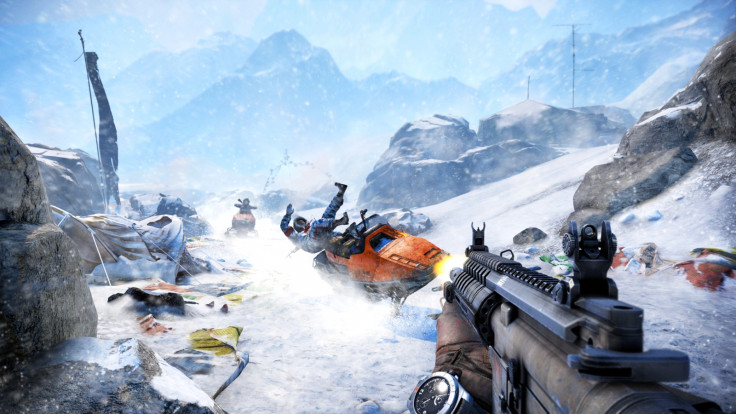
Set on and around the Himalayas, Far Cry 4, as per series tradition, invites players to partake in various hidden quests and ambient challenges. The map is vast and diverse, encompassing lush, forested areas and snowy mountain tops. Weaving side activities throughout this world, without breaking the illusion that it's a real, breathing place, is extremely difficult.
"On the open-world team we assign one person per feature," Ouellette says. "So, one guy is responsible for placing all the explorable radio towers, another lays out all the assassination missions. We've also built our encounter system, which takes care of random events like animal attacks or smaller gunfights. But of course, what we're making is an interactive product, so there's a lot of iteration. Sometimes what you have on paper ends up not really working. Most of the time, in fact.
"My job is to make an area or a level I'm working on fun. But I work with another guy and his job is to make it look good. So I might come up with something that doesn't exactly work for him, or vice-versa, and we have to find a compromise before we can get it right."
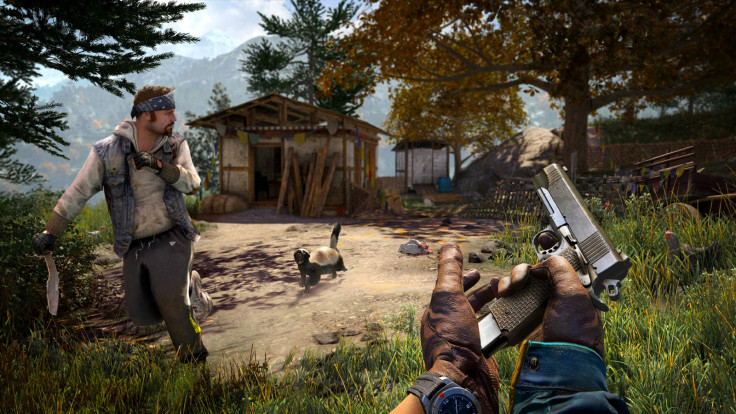
Despite the sprawling open-world, missions in Far Cry 4 often take place in smaller areas, tailor-made to benefit either gunplay or stealth. In these instances, pacing becomes more of a factor. Ouellette has to take into account not just size and lustre, but also the different approaches players can take towards their objectives and the various styles of gameplay that they might prefer.
"This is one of the reasons we chose the Himalayas," he says. "It's very diverse. It has the mountains, so there's verticality, but also, at the bottom, it's very lush."
That gives the Far Cry 4 design team an opportunity to create differently styled missions. The one I tested involved a raid on an enemy camp, situated in a small, walled-off village. I could either sneak in through one of the doors, mount an elephant (yep) and go charging in, or use a helicopter and attack from the air.
Still, there has to be some constraint. Variety is at the heart of Far Cry 4, both in geography and the combat, but Ouellette is mindful not to overfill or clutter the game.
"As level designers, we're really the ones in the middle here. We take everything that everyone else has done and, kind of like a chef, mix them and cook them all up until they take the shape of the game. This is why we have to put constraints on ourselves. We have to have focus. If the focus of a particular mission is fighting lots of enemies, we have to make sure that level is small enough to accommodate lots of gunplay."
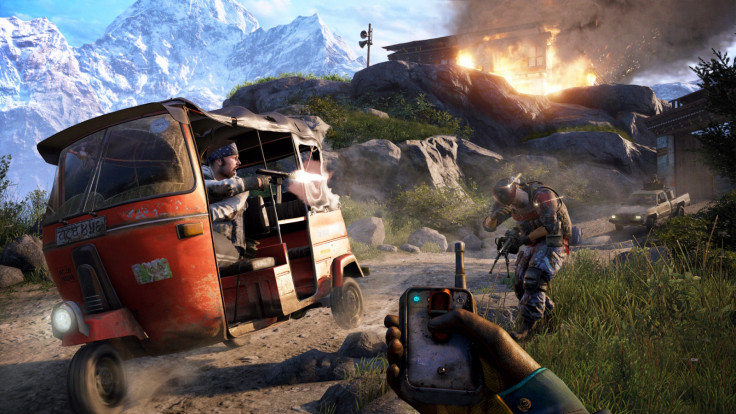
This is where Far Cry 4 excels. I was really struck by how claustrophobic and urgent a lot of the gunfights were, how given the size of the map, I could still feel trapped and put upon. In Far Cry 3 the battles were disjointed. The combat areas didn't seem fenced in or purpose built – everything took place on the same loosely structured, flat grassland. I'm sure it was intentional, the idea being to bleed a sense of free-roaming into everything the player did, but it resulted in these kind of messy, disinteresting fights, where a lot of time was spent wandering, looking for the next faraway enemy to shoot.
Far Cry 4 by contrast is very full on. The weapons are loud and inaccurate and there's a sense of pressure, like you've always got your back against the wall. The enemies are ruthless hunters, who'll chase you around the mission arenas and, given half a chance, call in attack choppers. This isn't a blithe, genteel tour of a game world, with some occasional combat encounters sprinkled on. It's full of pace. You have a marked split between intense, inescapable combat and breezy, roaming downtime. That's a much more solid structure. It makes you more fearful of the gunfights and more appreciative of the open-world calm.
Vincent Ouellette and his 599 colleagues have done a great job. From what I can tell, Far Cry 4 fixes a lot of the mechanical and pacing issues of its predecessor. The narrative still smacks of colonialism and "Yellow Peril" hysteria, but I'll have to hold off discussion on that until the full game launches in November.
Far Cry 4
- Developer – Ubisoft Montreal
- Publisher – Ubisoft
- Platforms – PS4, PS3, Xbox One, Xbox 360, Windows PC
- Release date – 18 November 2014
- Price – TBA
© Copyright IBTimes 2025. All rights reserved.








